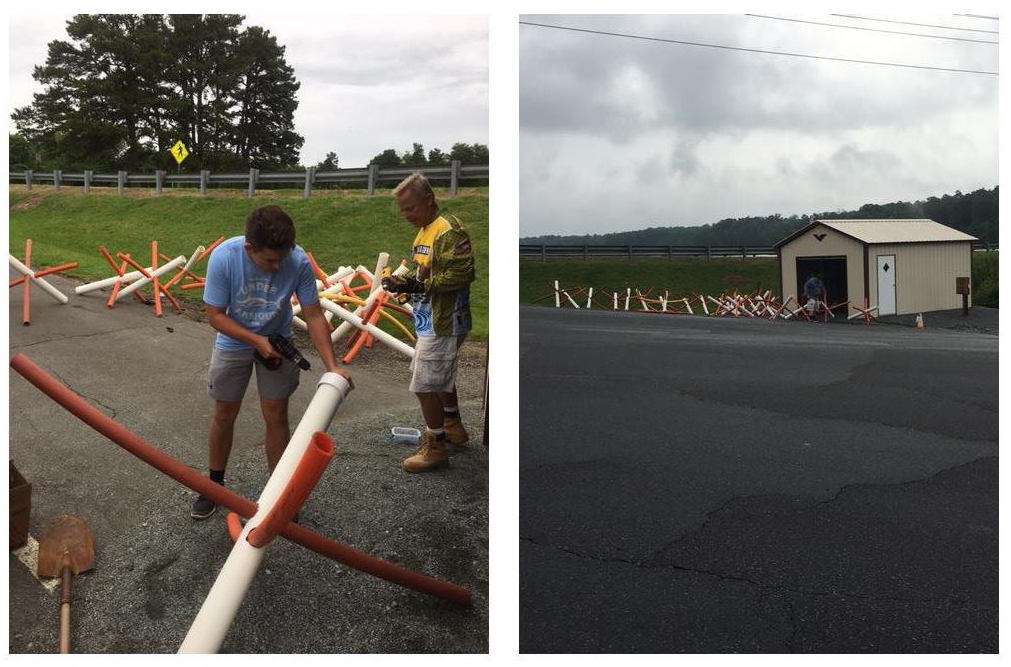
Daniel Pell puts a cap on a BASSJax after filling with rock to anchor, and all the BASSJax built and ready to deploy.
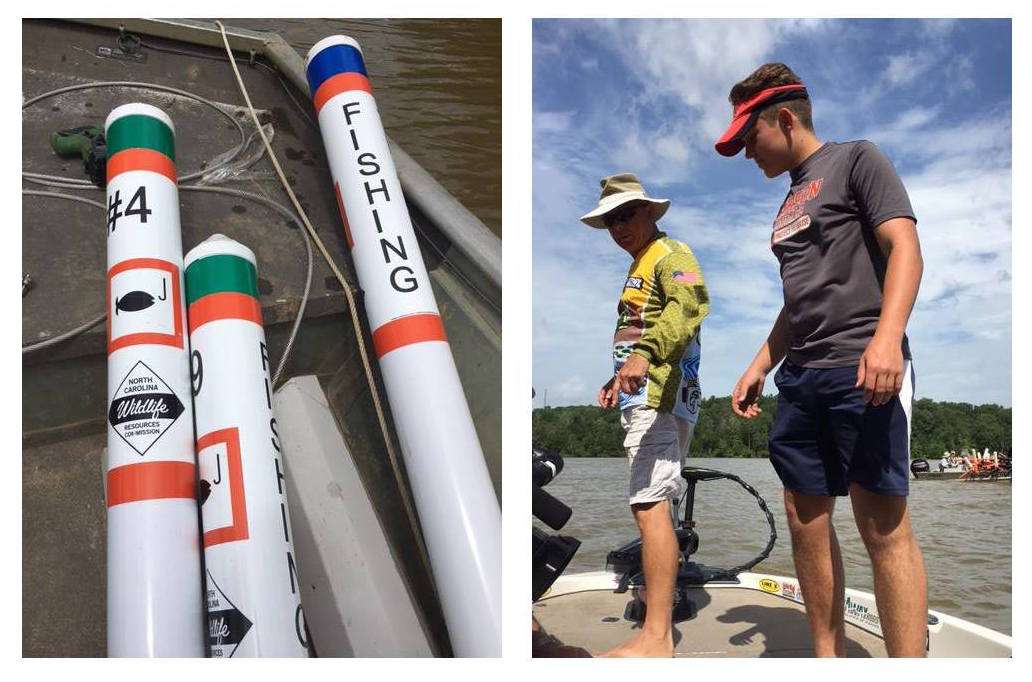
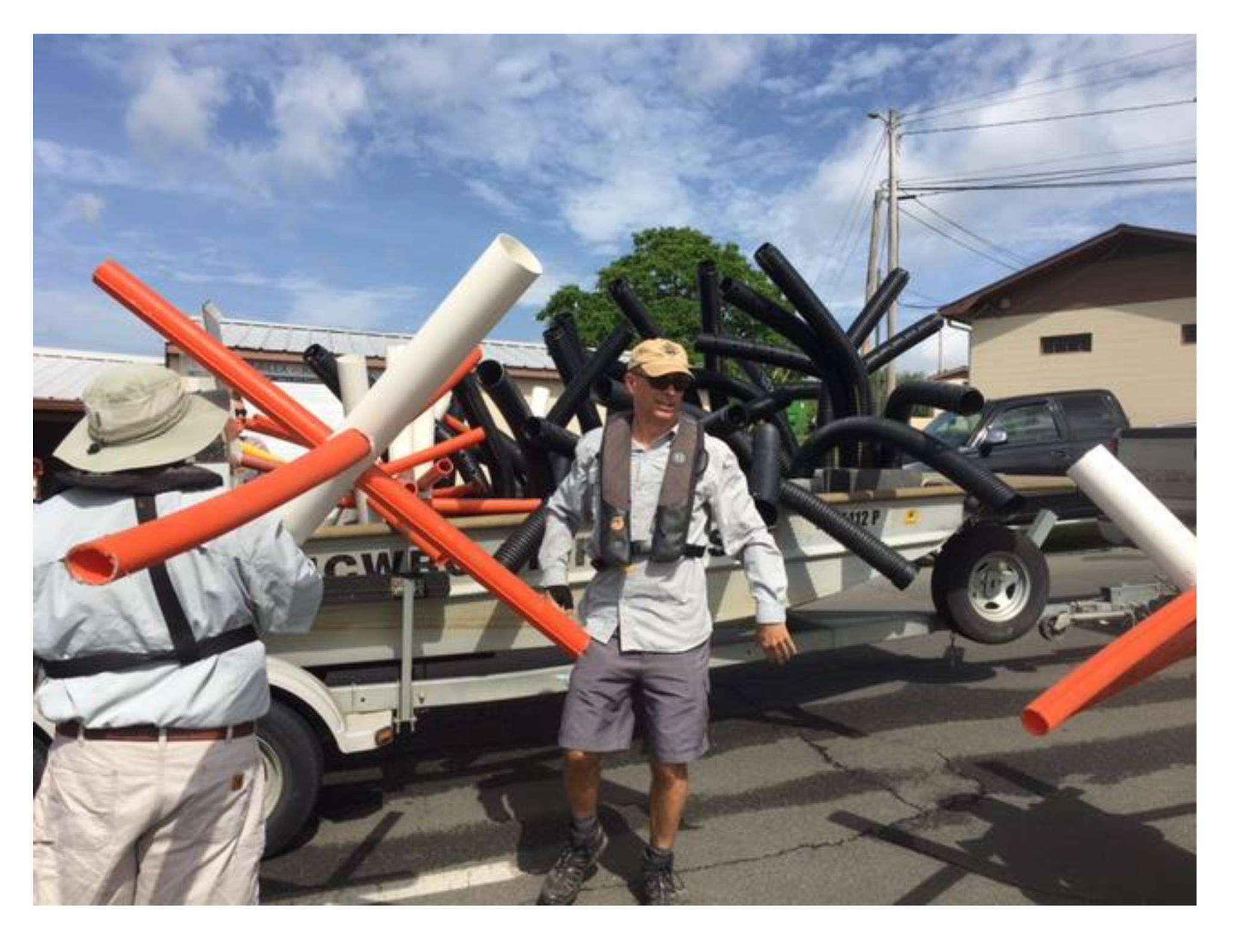
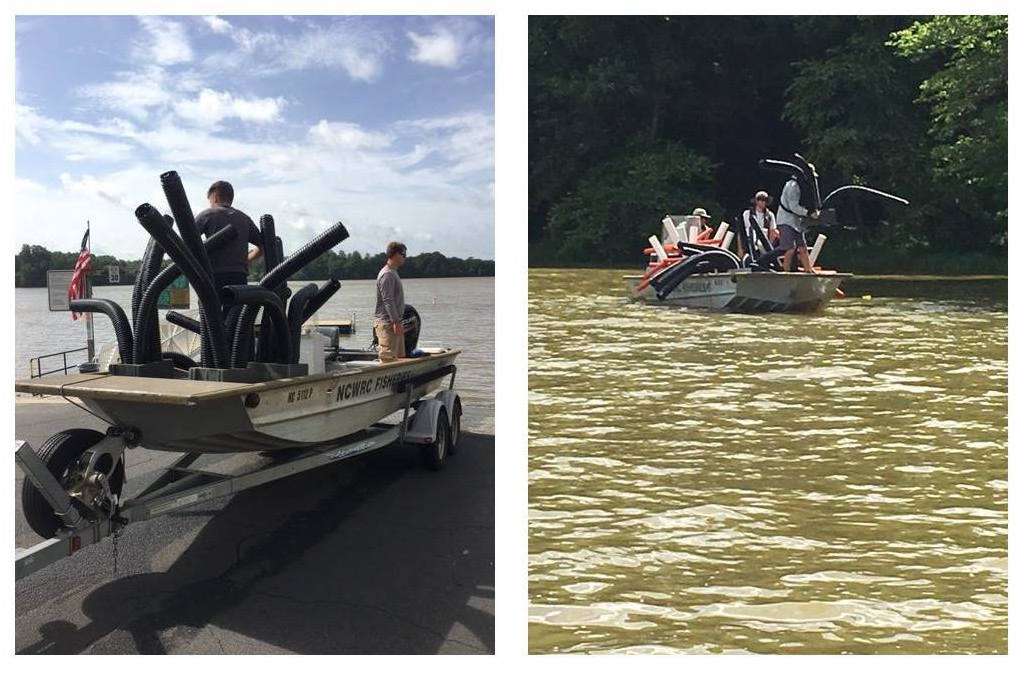
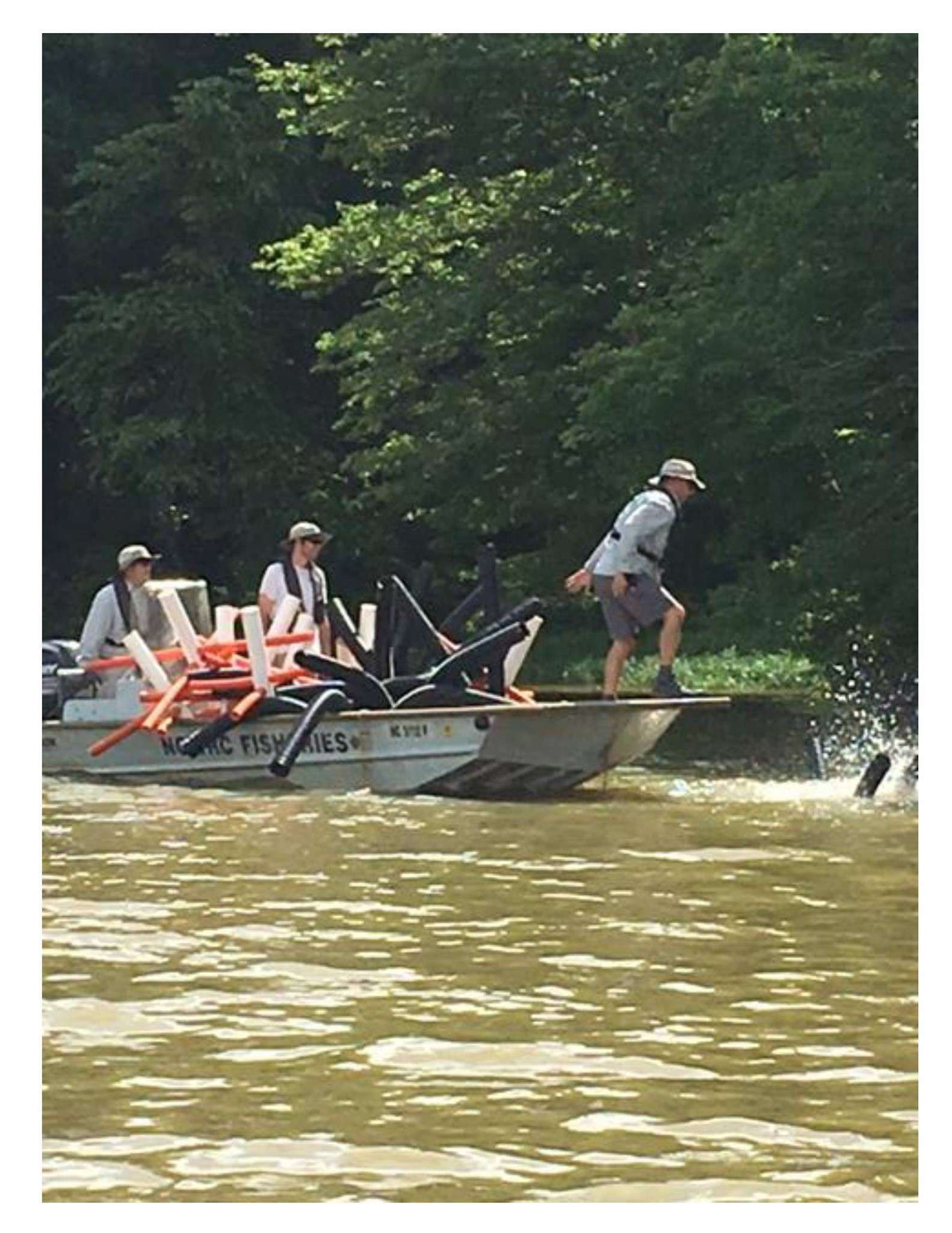
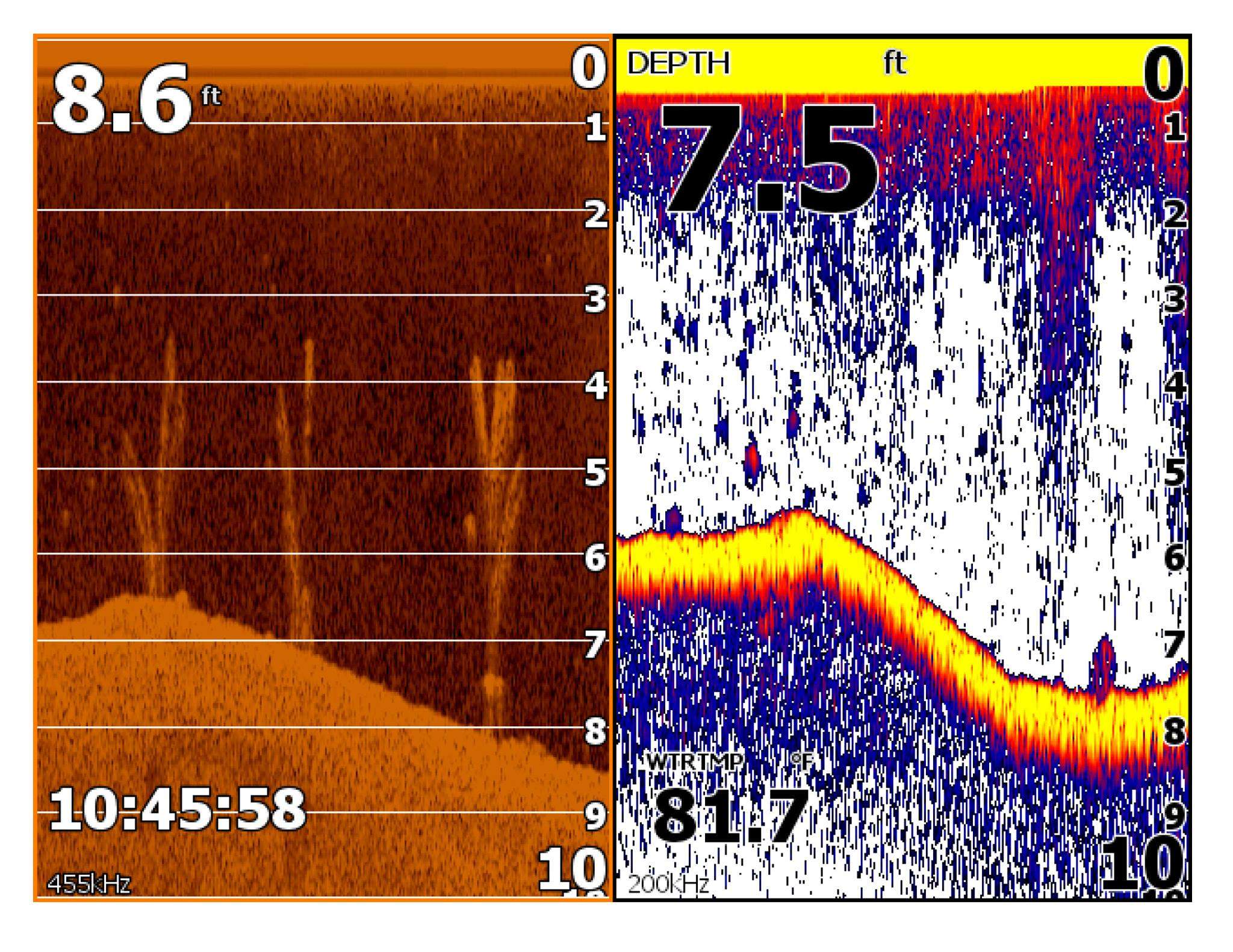
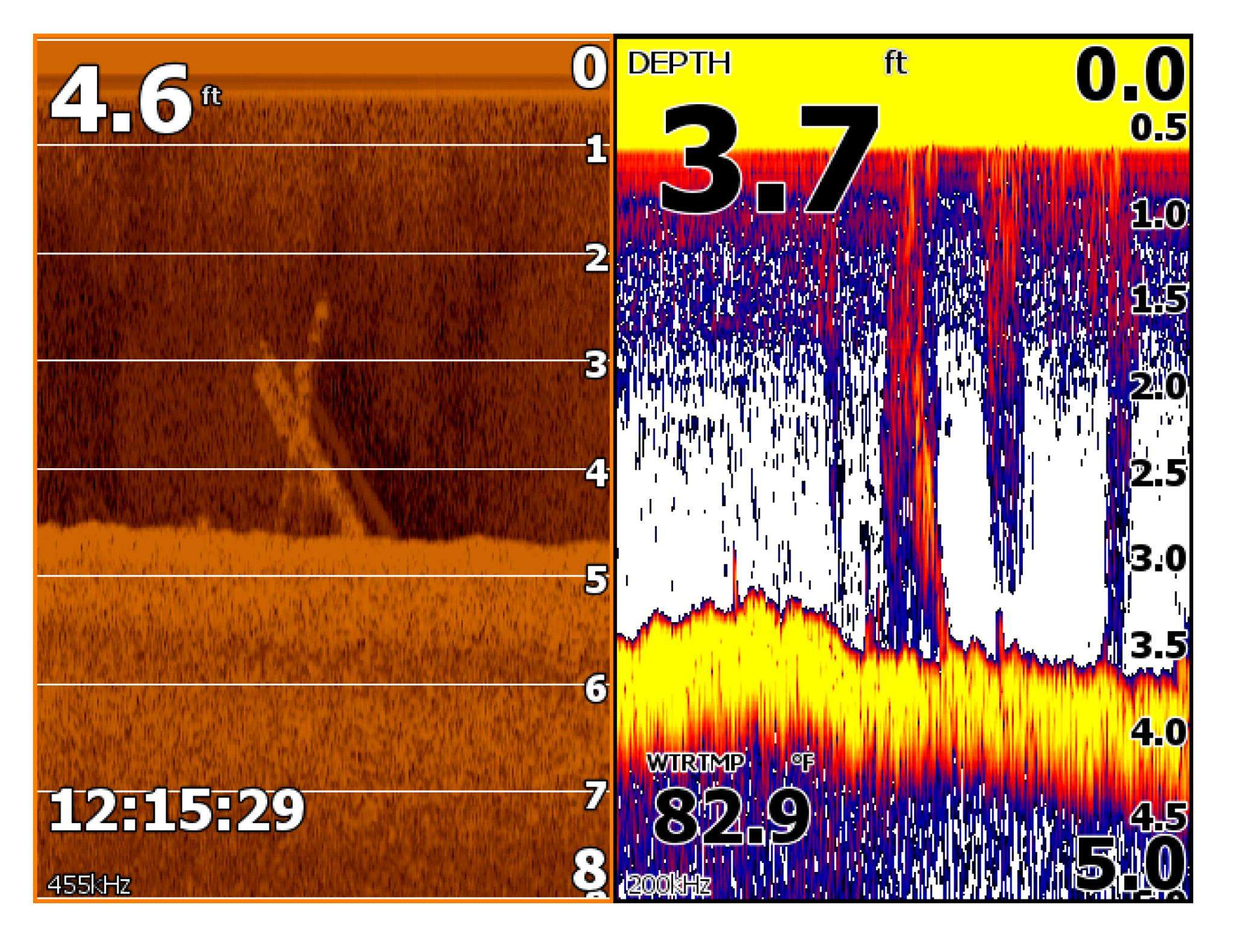

Please enter your details.
We cannot find an active B.A.S.S. Membership for the information you have provided. Please renew your membership here.We cannot find an active B.A.S.S. Membership for the information you have provided. Please try again.Scheduled maintenance. We'll be back shortly. If you continue to have trouble please contact customer service at 877-BASS-USA.

Daniel Pell puts a cap on a BASSJax after filling with rock to anchor, and all the BASSJax built and ready to deploy.





